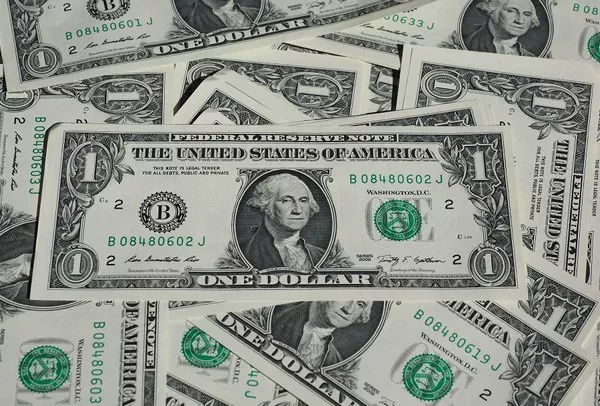In a world where financial instruments and currencies take diverse forms, one enduring symbol of wealth and opulence is the gold dollar. The allure of a currency crafted from the coveted metal has sparked curiosity and raised a fundamental question in the minds of many: Are gold dollars made of real gold? In this comprehensive exploration, we delve into the intricate details, uncovering the truths behind the composition of gold dollars.
The Genesis of Gold Dollars: A Historical Prelude
The concept of gold-backed currency has roots deeply embedded in history. Historically, currencies were often directly linked to precious metals, with gold being a premier choice due to its intrinsic value, scarcity, and enduring luster. In the United States, the gold dollar has a storied past, dating back to the 19th century when the U.S. Mint minted gold coins of various denominations, including the iconic gold dollar.
The Gold Standard Era: A Linkage of Currency and Precious Metal
During the 19th and early 20th centuries, the United States adhered to the gold standard, a monetary system where the value of a country’s currency was directly tied to a specific quantity of gold. Gold dollars minted during this era were indeed made of real gold, with the composition varying according to the denomination.
For instance, the Liberty Head Gold Dollar, minted from 1849 to 1854, had a gold content of 90%, constituting 1.672 grams of pure gold. The later Indian Head Gold Dollar, minted from 1856 to 1889, maintained a similar gold content, aligning with the stringent standards of the gold standard era.
The Transition to Fiat Currency: Redefining the Composition
The gold standard, however, witnessed a gradual decline, and by the early 20th century, the United States, like many other nations, transitioned to a fiat currency system. In this paradigm shift, the direct link between the value of money and a specific quantity of gold was severed. Instead, currencies became legal tender backed by the faith and credit of the issuing government.
As the gold standard waned, so did the prevalence of gold in everyday currency. The U.S. Mint ceased the production of gold dollars for circulation in 1889, marking the end of an era where gold coins were a commonplace medium of exchange.
Modern Gold Dollars: A Different Story
In the contemporary landscape, the term “gold dollar” is more often associated with the Sacagawea dollar rather than its 19th-century predecessors. The Sacagawea dollar, introduced in 2000, was conceived to revitalize interest in dollar coins. However, contrary to its name, the Sacagawea dollar is not made of solid gold.
The modern gold dollar is primarily composed of a copper core with outer layers comprising manganese brass, a combination of 77% copper, 12% zinc, 7% manganese, and 4% nickel. The copper core provides structural integrity, while the outer layers contribute to the coin’s distinctive golden appearance.
This composition serves practical purposes beyond aesthetics. The use of manganese brass enhances durability, reducing the susceptibility to wear and corrosion. Additionally, the incorporation of copper, a more abundant and cost-effective metal, helps maintain the coin’s affordability.
Debunking the Myth: The Reality of Gold Content
While the modern gold dollar doesn’t boast a gold content that aligns with the historic gold standard, a vestige of gold symbolism remains. The coin features a golden-hued alloy, carefully designed to echo the visual allure of its historical predecessors.
The Sacagawea dollar, despite its nomenclature, is a testament to the evolution of currency in response to changing economic landscapes. Its composition reflects a pragmatic balance between aesthetics, durability, and cost-effectiveness in the realm of modern coinage.
Collectors’ Perspective: Numismatic Value
For numismatists and collectors, the allure of gold dollars extends beyond their intrinsic value. The historical significance, design intricacies, and limited mintages of certain gold dollars contribute to their numismatic appeal. Coins from the gold standard era, with their genuine gold content, hold a distinct position in the world of coin collecting, becoming tangible relics of a bygone monetary system.
See Also How Much Is A 1976 Two Dollar Bill Worth
Conclusion
In unraveling the mysteries surrounding the composition of gold dollars, it becomes evident that the definition of a “gold dollar” has evolved over time. From the solid gold coins of the 19th century, deeply rooted in the gold standard era, to the contemporary Sacagawea dollar with its alloy of copper and manganese brass, the journey reflects the adaptability of currency in the face of economic shifts.
While modern gold dollars may not be crafted from the precious metal in the same manner as their historical counterparts, they continue to serve as tangible artifacts connecting us to the rich tapes try of monetary history. Whether admired for their aesthetic appeal, historical resonance, or numismatic value, gold dollars, in their various forms, remain a captivating intersection of symbolism and practicality in the ever-evolving world of currency.


